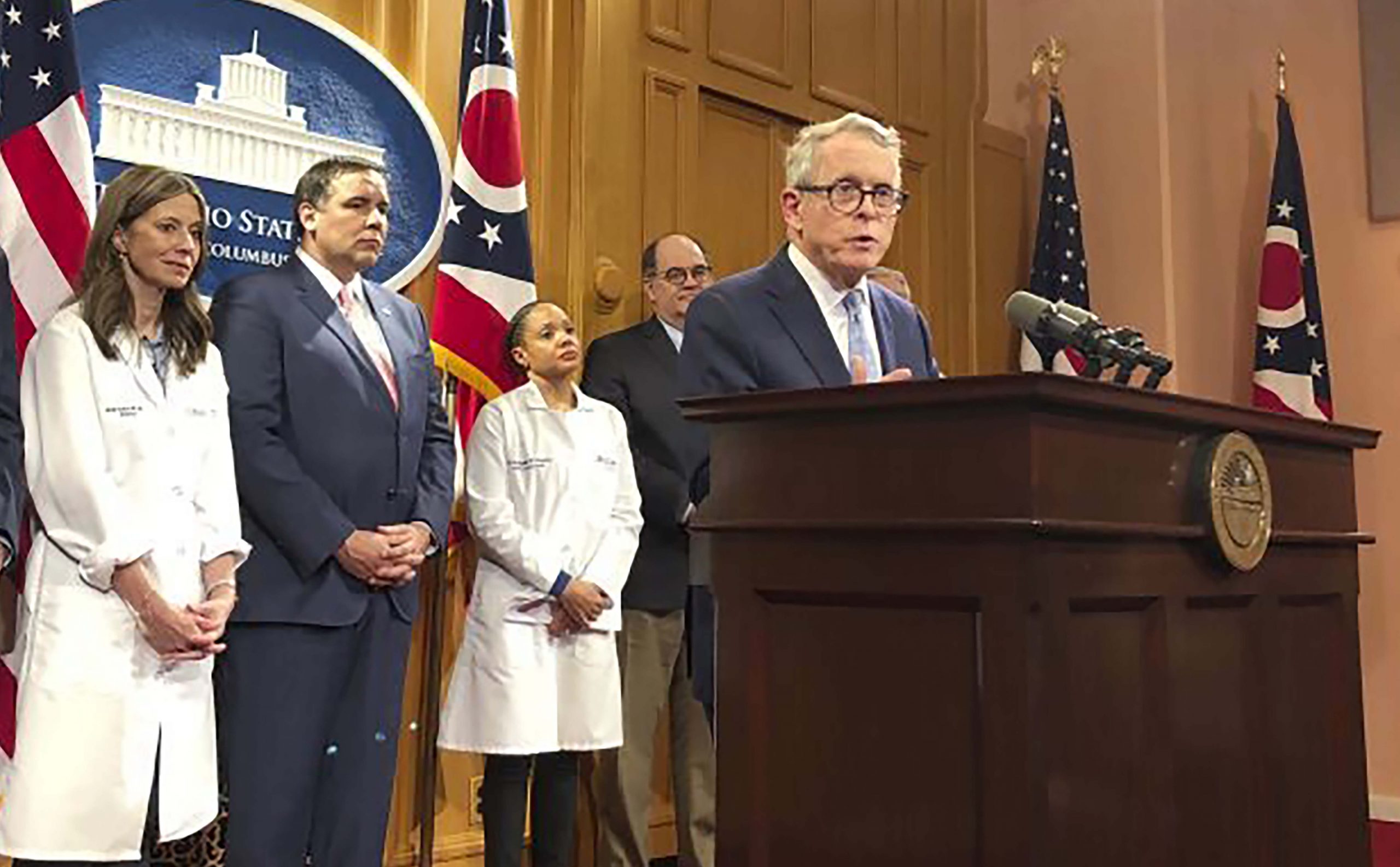 May 18, 2024- by Steven E. Greer, MD
May 18, 2024- by Steven E. Greer, MD
I sent the following cease-and-desist after the New York court Order.
__________________________________
Andrew Thomas, Medical Director of The OSUMC
After the COVID pandemic began in 2020, you were the acting CEO and Medical Director of The Ohio State University Medical Center (OSUMC). You sat next to Governor DeWine during daily televised press briefings. You directed the policy of not only The OSUMC, but also those of every other hospital in Ohio due to the chilling effect of your appearances with the governor (and other regulations).
You initiated policies to withhold lifesaving drugs that could have treated COVID. You banned the admistration of ivermectin, hydroxychloroquine (HCQ), and other drugs.
According to a recent records request, the OSUMC is still listing ivermectin as a drug not to be used for COVID.
- That is despite numerous randomized-controlled studies showing that it works.
- That is despite the second highest court in the United States ruling that the FDA and CDC were wrong to smear ivermectin as a drug only for horses and unsafe for humans.
- That is despite the FDA having settled that lawsuit, admitting they were wrong.
You had ample evidence in early 2020 that these drugs were very safe and likely effective. HCQ and ivermectin were previously approved decades prior. You have never had any justification for banning these early treatments. You banned them because the powerful federal agencies, under the “Warp Speed” moniker, bribed OSUMC and threatened OSUMC. Their goal was to make their preferred untested and ineffective gene therapy “vaccine” be used instead.
You have likely been under the impression that the PREP Act, as modified in 2020 for COVID, gives you blanket immunity. You are mistaken. That law does not protect you from liability in the case of withholding drugs. This recent New York court Order explains why.
Therefore, cease and desist your unsafe and illegal policies of banning early treatment from COVID (SARS-CoV-2). Restore ivermectin, HCQ, and any other drug, to the formulary of approved medications at OSUMC.
You have 14-days to comply. Failure to do so will place you under civil and criminal liability.
Steven E. Greer, MD
